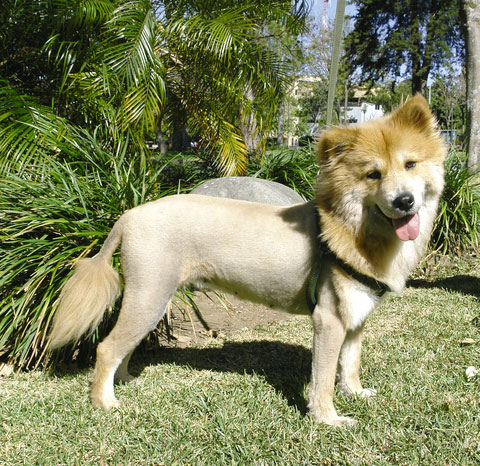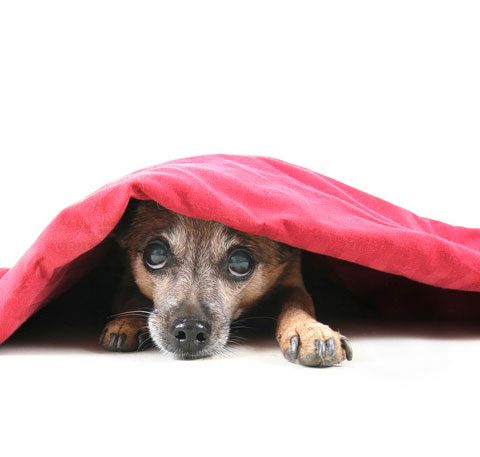Warm Weather and Pets in Closed Cars, a Deadly Combo
Use caution if leaving your dog unattended in the car. Extra care is urged when the weather turns warm. During the summer months, a closed car can reach temperatures easily into the 90’s and that’s in the shade, temperatures can soar over 100 degrees. Often that “short trip” into the store gets extended by difficulty locating what you needed, long lines at the register or maybe you run into an acquaintance and time escapes. A dog can overheat in a short time in a closed car.
Rolling down the windows help only a little and then you have the risk of your dog escaping or possibly dognapped. If the dog is aggressive or scared, passers-by might get bitten by your dog and you would be liable.
There have been sad endings for people who left the air conditioning on with the dogs unattended. Engines can overheat and the compressor shuts down then warm air is blown into the car exacerbating the situation.
Pet owners in Texas left their dogs in the car with the air conditioning running and came back later to find the air conditioner failed at some point. The dogs were found dead in the car along with the bowls of water, the ice cubes they had placed in the bowls melted long before.
Please consider carefully if your dog really needs to go on that “quick trip” if it means leaving the pet unattended, even for a short period of time.
Derm Vet on PetMD
Recently Joel Griffies, DVM, ACVD was contacted by PetMD for his opinions on the question “What Are Dogs and Cats Allergic To?”
Dr. Griffies is the dermatologist at Animal Dermatology Clinic – Marietta. PetMD is a website providing an extensive variety of information about pets, pet care and pet products.
The article highlights the top five categories that may cause an allergy in dogs and cats. His list:
Dust mites - It should come as no surprise that the #1 cause of allergy and asthma in people affects our pets, too. House dust mites can wreak havoc on your dog or cat's immune system, causing an allergic reaction that often displays as atopic dermatitis.
Pollens - Dogs and cats can be allergic to all types of pollens: pollens from trees, weeds, plants, or grasses. You can limit your pets' exposure to the pollens in your area by keeping them indoors during peak seasons, especially when there are reports of a high pollen count, which tends to be during the fall and spring.
Molds - Molds are somewhat regional, but if they are in your area, watch out! Mold grows wherever and whenever there is moisture, so keep the humidity in your home low, fix any leaks, and pay attention if your pet frequents dark and/or damp areas — either indoors or outdoors.
Fleas - Flea bite hypersensitivity and flea allergic dermatitis is the most common skin disease in pets. Flea allergies usually develop when the dog or cat is young (less than one and up to five years of age), but it can begin at any age. Frequent and severe itching and scratching, hair loss, and scabs are telltale signs of flea allergies in pets.
Insects - While fleas are the common culprit when it comes to allergies involving insects, some pets also develop allergic reactions to other insects, including mosquitoes, ants, and cockroaches. And just like people, it is the proteins contained in the saliva or venom of the biting insects that causes the allergic reaction. A reaction may display itself as inflamed skin, vomiting, and breathing difficulties.
Source: www.petmd.com


